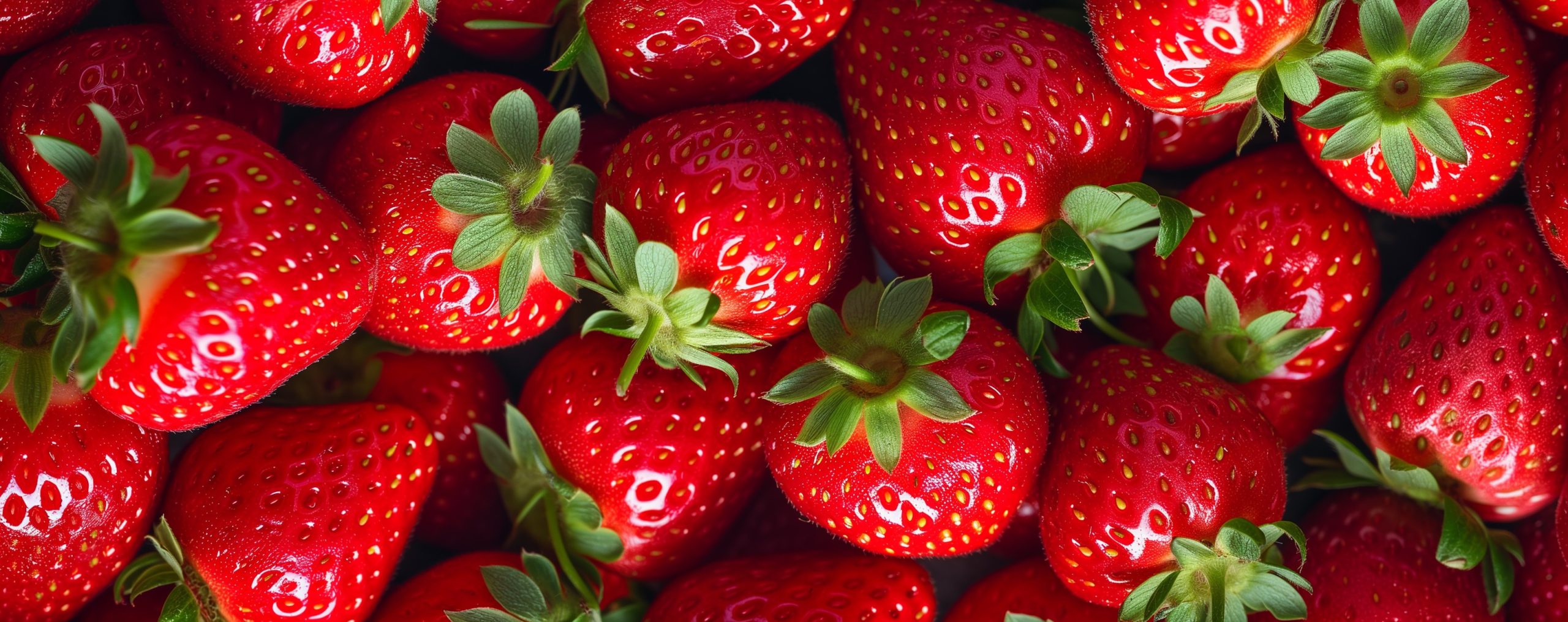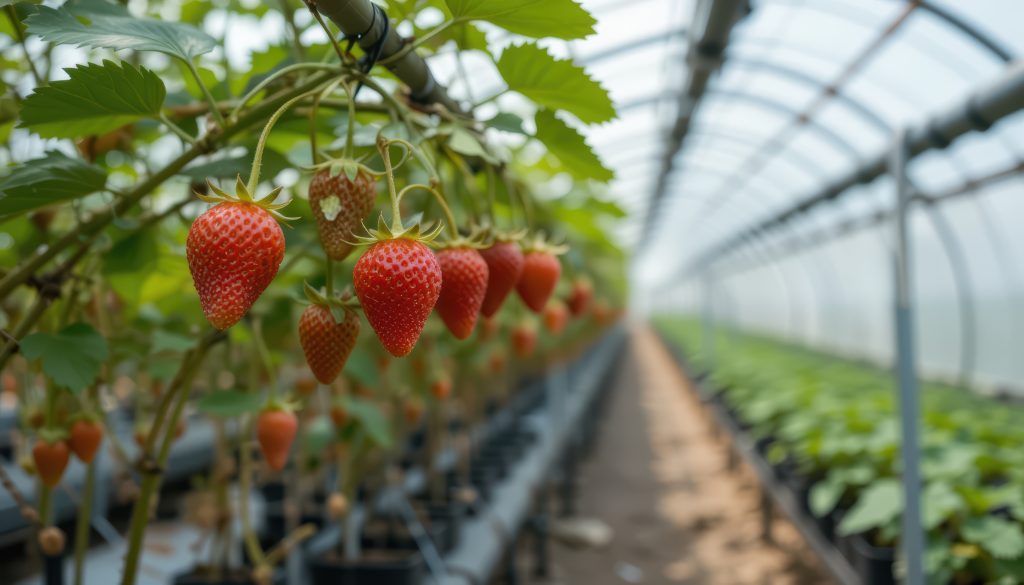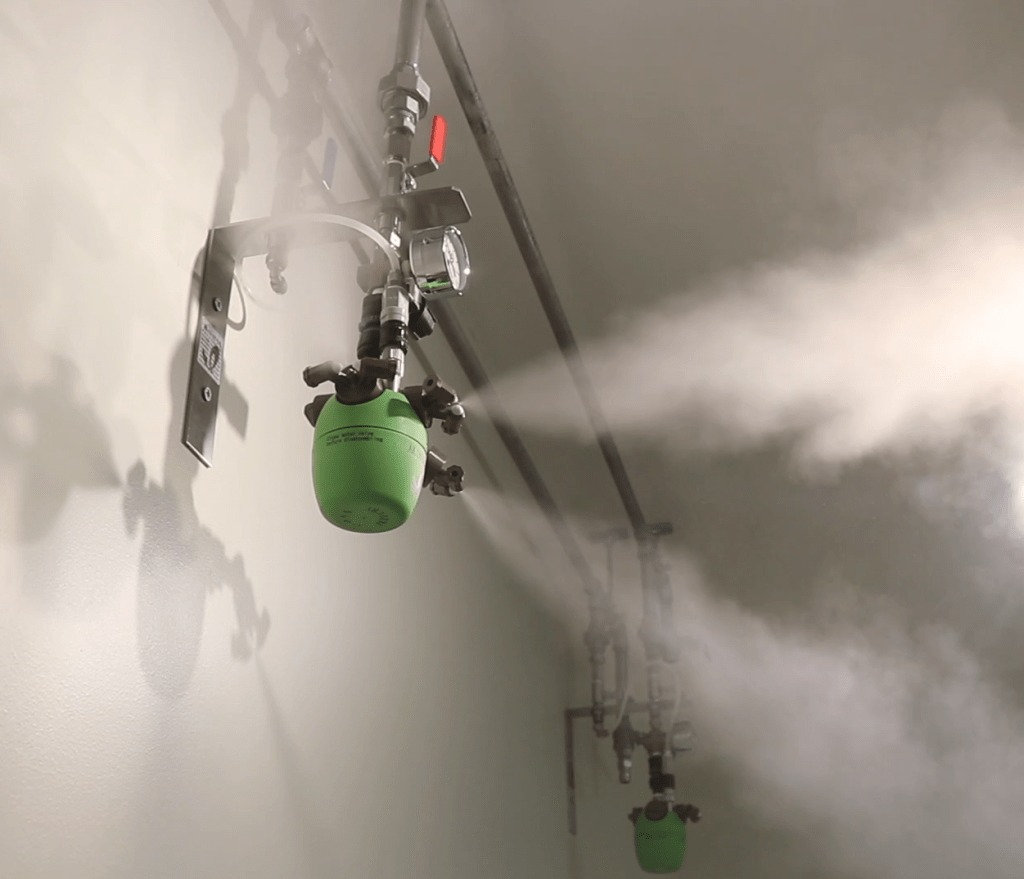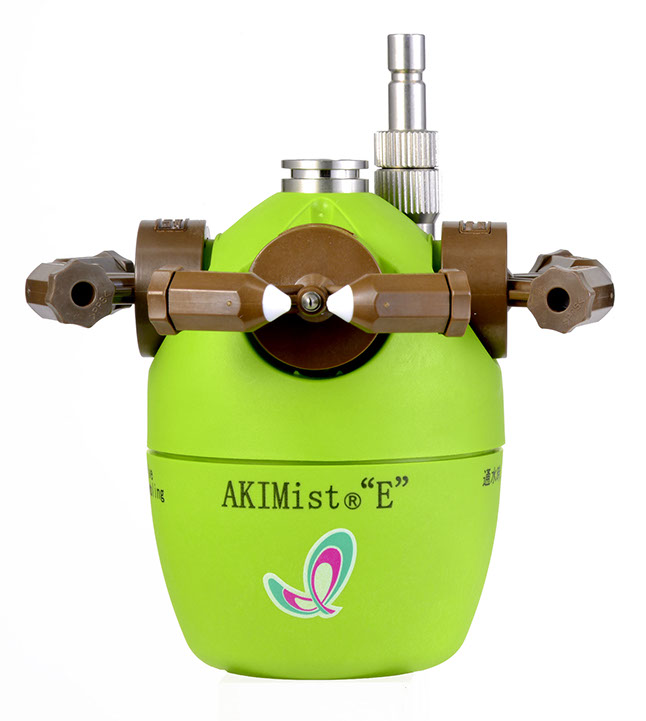August 28, 2025
What is the ideal climate for growing strawberries?

Strawberries represent the essence of summer due to their freshness and abundance at this time of year. However, it has been a difficult summer for the image of strawberries as it has come to many people’s attention how many pesticides this innocent looking berry can contain. What are the ideal growing and storage conditions for strawberries, and can they be produced using fewer pesticides?
What is the ideal environment for growing strawberries?
The ideal growing conditions of strawberries vary depending on the stage they are in. For the growing stage, a relative humidity between 60-75% is usually recommended. After the strawberries have been harvested, they are actually best contained at a very high relative humidity level at 90-95% (Ktenioudaki). This is to prevent the berries from losing water, freshness, and taste.
Problems with lack of humidity control
Another problem with insufficient humidity is that it can inhibit the calcium uptake of the strawberry plants. The lack of calcium can lead to “tipburn” which will cause the strawberries to turn brown and unattractive. On the other hand, too high humidity can cause issues such as mold and fungal diseases. In addition, a too high humidity level can have a negative effect on the pollination, as the pollen may become sticky and less effective. This makes humidity control essential for producing high quality strawberries.
Why do strawberries contain so many pesticides?
Strawberries have a thin skin containing pores and holes, which makes them sensitive to pests. In addition, they also easily absorb the pesticides compared to fruits with thicker skin, making it more difficult to clean off the pesticides before consumption. Since each season has multiple harvest points, new pesticides are continuously added to protect the strawberries from pest attacks. Another factor is the way the strawberry varieties have been bred for attributes like taste, size and colour, which made them lose some of their natural resistance to pests.
Crop rotation
This makes it extremely difficult to cultivate strawberries without pesticides, and even organic strawberry farmers need to use some kind of pest control. The difference is that organic strawberry farmers use more natural pesticides like neem oil and garlic extracts. In addition, organic famers make use of crop rotation, for example, planting broccoli one season and strawberries the next. This helps to disrupt the life cycles of pests and diseases and can limit the use of pesticide use.

Strawberry cultivation and water
Strawberries need consistent moisture to stay healthy, but excessive water can cause diseases and rotting. This makes it important to consider which type of humidification system to use, as most pneumatic systems will leave tiny droplets or condense on the leaves and berries. This is an unnatural exposure of water for the plants, as they would normally have time to dry in nature in between weather changes. This is why “Dry Fog” humidification control is ideal for growing strawberries. Dry fog has a droplet size around 7.5 µm, which means that the droplets are so tiny that they don’t burst on any surfaces.
AKIMist® Dry Fog humidification for strawberry cultivation
AKIMist® is a Japanese invention which can produce droplets so tiny as around 7.5 μm due to its unique impingement nozzle. This way, the humidification level can easily be controlled without causing droplets or condense on the strawberry plants. Due to an automatic sensor system, the humidity level can easily be set for the level fitting for the current growing stage of the strawberry plants. In addition, AKIMist is so compact (5 inch) that it can easily fit in a tight growing room, or a room with a low ceiling construction.


Advantages of AKIMist® Dry Fog Humidifier
- Non-wetting (~7.5 µm)
- Energy-efficient (80% less energy)
- Reliable humidity control
- No condensation on plants
- Easy to install
- Little maintenance
- Compact
- Cost-efficient
